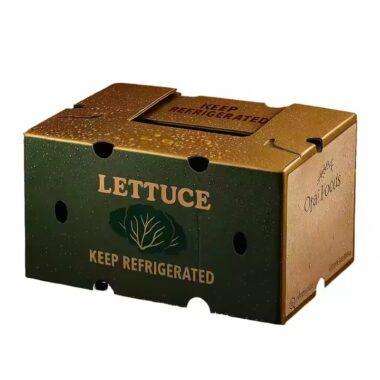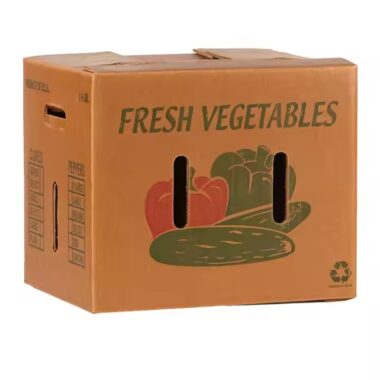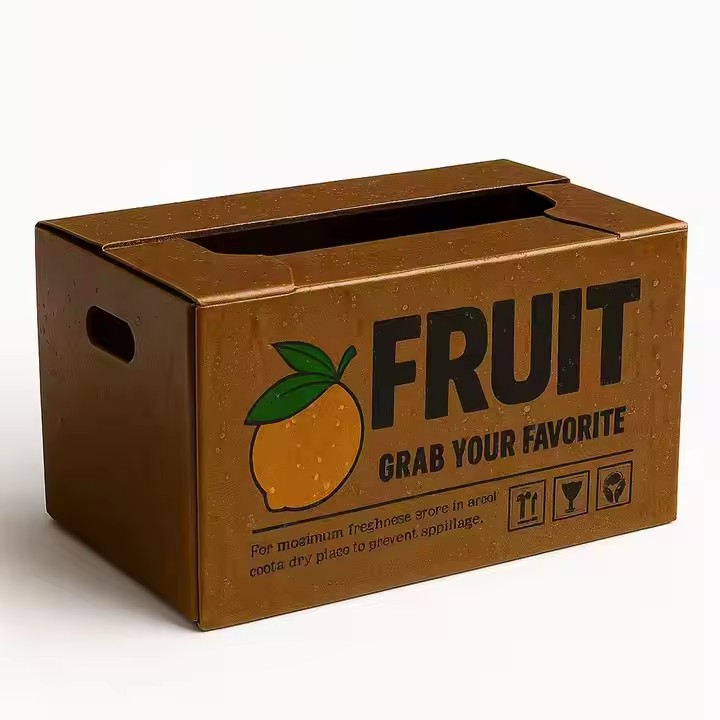🥡 Special Requirements for Cardboard Boxes in the Food Industry
When it comes to packaging food, not all cardboard boxes are created equal. The food industry demands stricter safety, hygiene, and material standards than most sectors. Whether you’re packaging fresh produce, baked goods, frozen items, or ready-to-eat meals, your packaging needs to protect the product, comply with health regulations, and reflect your brand quality. Here’s what sets food-grade cardboard packaging apart.
🧼 1. Food-Grade Materials Matter
Cardboard used for food packaging must be made from food-safe, non-toxic materials.
This means using virgin fibers or certified recycled materials that do not contain harmful chemicals or contaminants.
✅ Key Features:
-
FDA or EU food-contact compliant paperboard
-
Low-odor, low-ink migration printing
-
Suitable for direct or indirect food contact
🛡️ 2. Moisture Resistance & Grease Barrier
Food items, especially fresh or greasy foods, require moisture-resistant coatings or liners to prevent leakage, sogginess, or box disintegration. Depending on your product, we can add PE coatings, biodegradable PLA films, or apply natural greaseproof treatments.
💡 Did You Know? A simple water-resistant layer can extend the box’s shelf life and reduce product spoilage.
🧊 3. Temperature Tolerance for Frozen & Hot Items
Food packaging must withstand temperature extremes — from hot bakery items to frozen seafood. The structural integrity of the box must hold under humidity, refrigeration, or heat exposure without collapsing or warping.
🔥 ❄️ Customized options available for:
-
Freezer-safe cardboard
-
Microwaveable or oven-safe cartons
-
Thermal insulation inserts
🌿 4. Sustainable & Eco-Friendly Expectations
Consumers today expect sustainability — especially when it comes to food. That’s why many brands are choosing recyclable, compostable, or biodegradable cardboard options for their packaging.
♻️ Eco-friendly options include:
-
FSC-certified cardboard
-
Soy-based inks
-
Zero-plastic liners
-
Minimalist designs with less waste
📦 5. Custom Fit and Functional Design
Beyond safety, customization plays a big role in food packaging. Boxes should fit the product precisely to avoid shifting or damage during transit. Features like die-cut handles, windows, tamper-evident seals, and compartments can enhance usability and presentation.
🧁 Ideal for:
-
Bakery boxes
-
Pizza boxes
-
Meal prep containers
-
Take-out & delivery food packaging
🧾 6. Compliance & Industry Certifications
Food packaging needs to meet local and international regulatory standards. This includes certifications like:
📜
-
FDA (USA)
-
EU 1935/2004
-
ISO 22000 (Food Safety Management)
-
HACCP-compliant production process
By choosing a certified supplier, you avoid legal risks and build trust with your customers.
✅ Final Thoughts
Choosing the right cardboard box for food products isn’t just about packaging — it’s about protecting health, meeting regulations, and supporting your brand’s integrity. With food-safe materials, innovative coatings, and sustainable solutions, our custom cardboard boxes are engineered to meet every requirement of the food industry.
📩 Let’s talk about your food packaging needs — from bakery to frozen goods, we help you design boxes that protect, perform, and promote your brand.
















